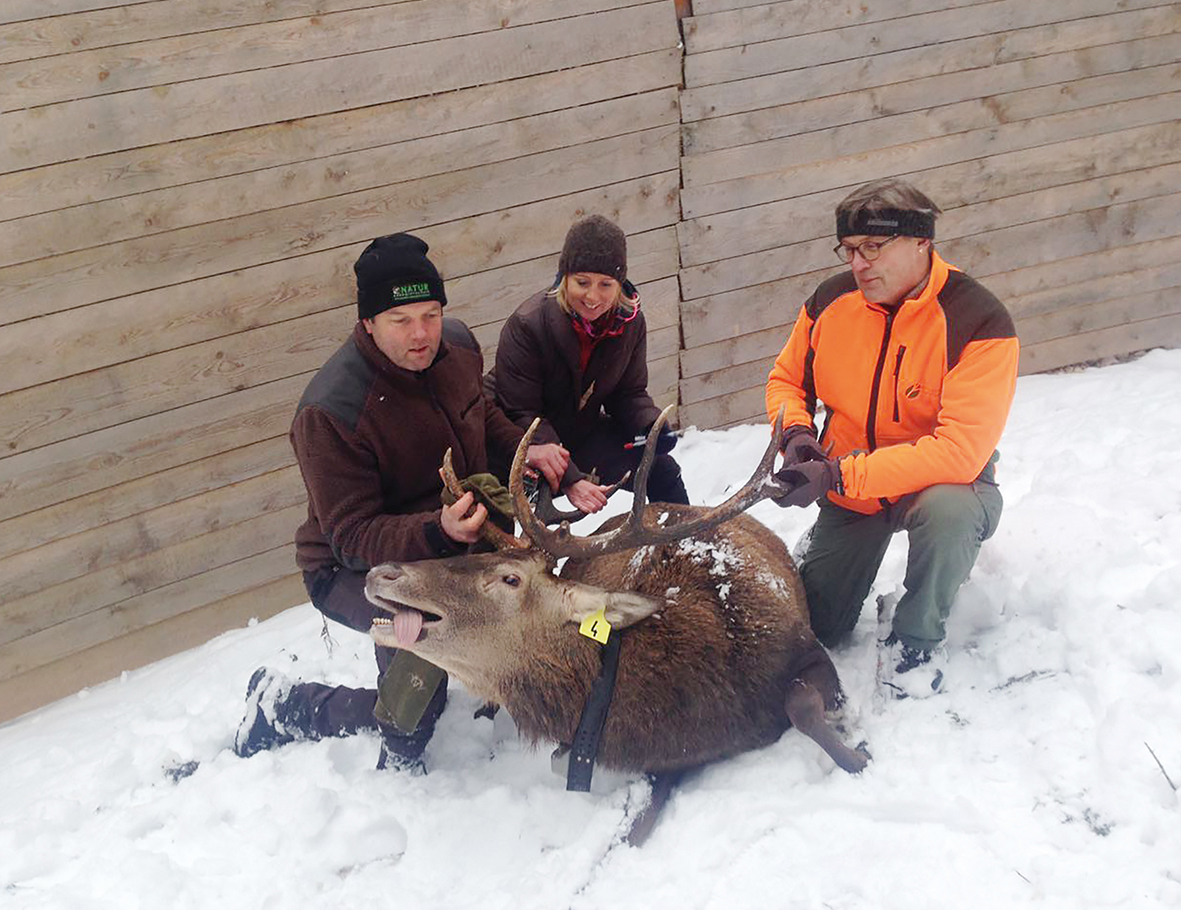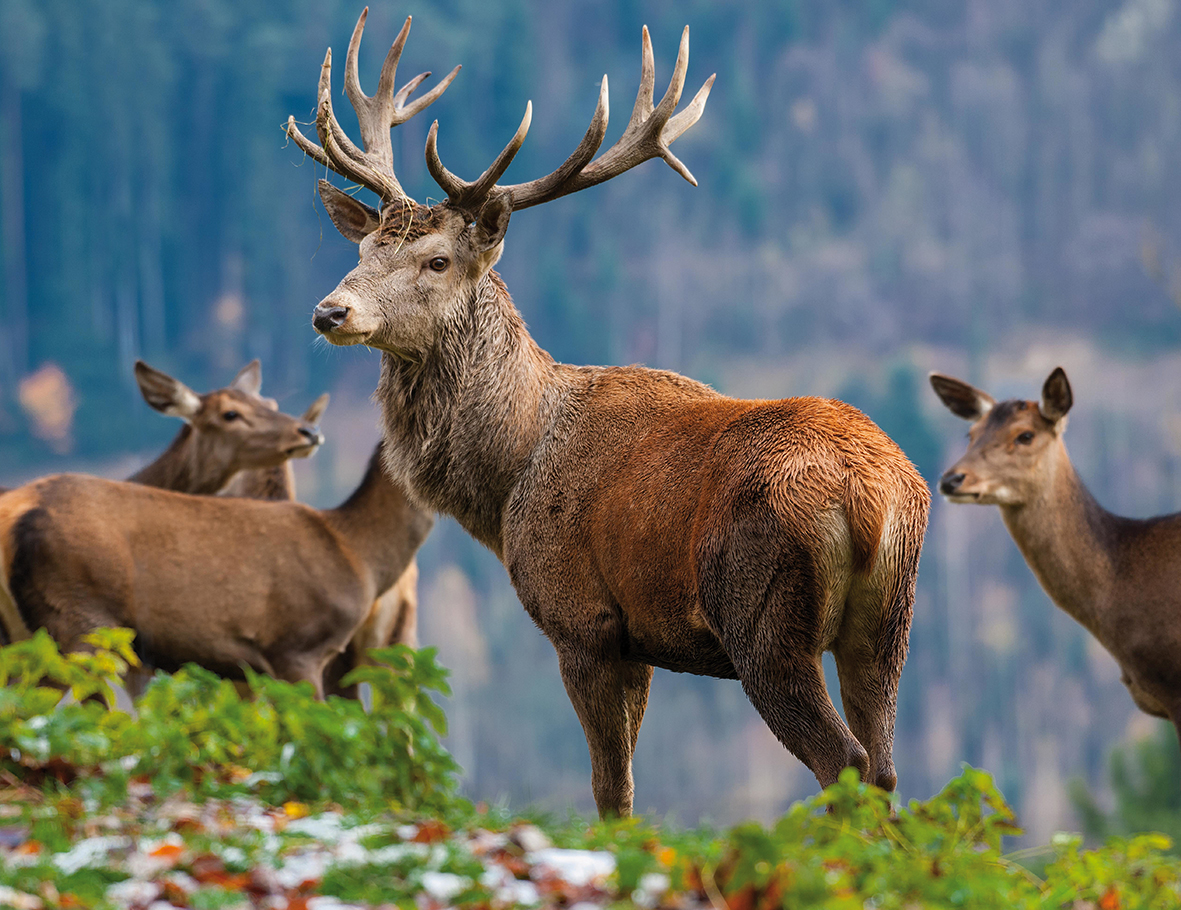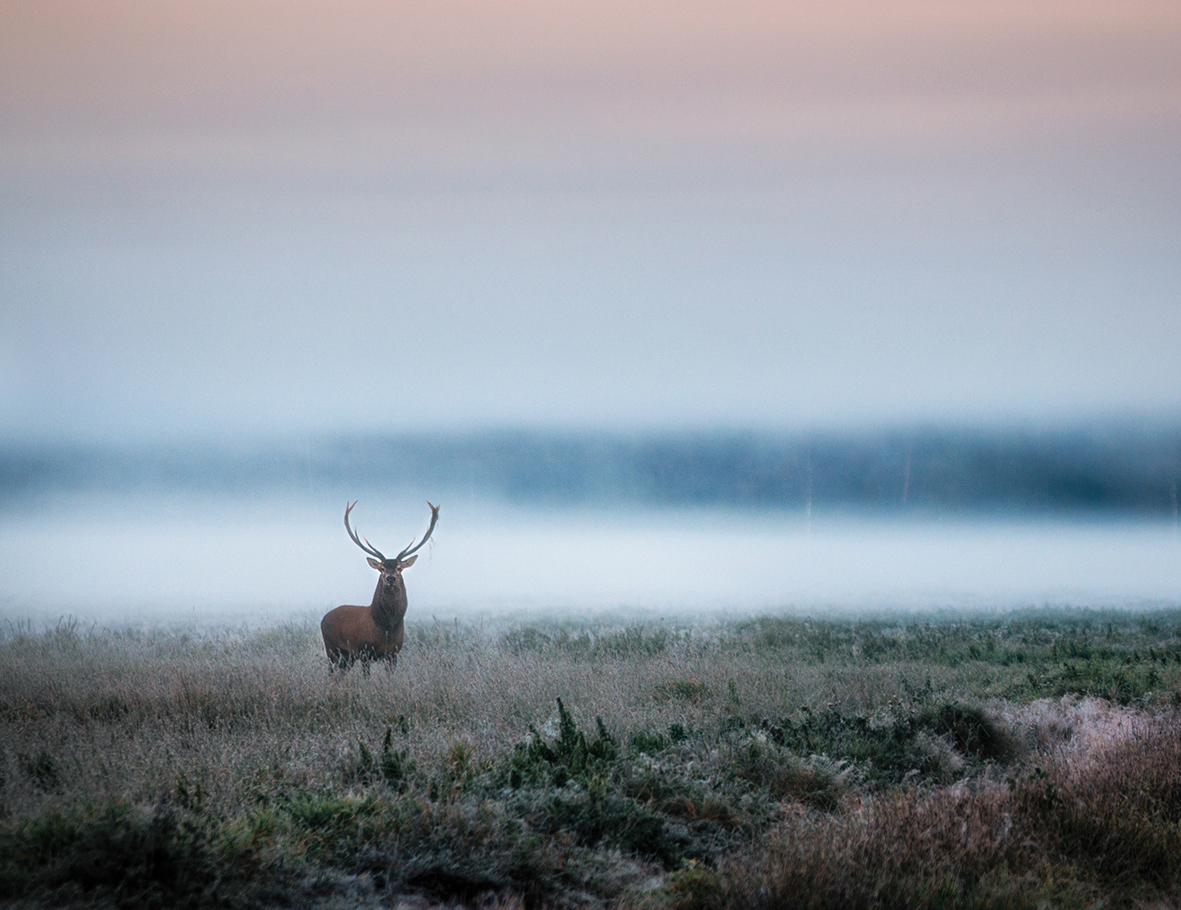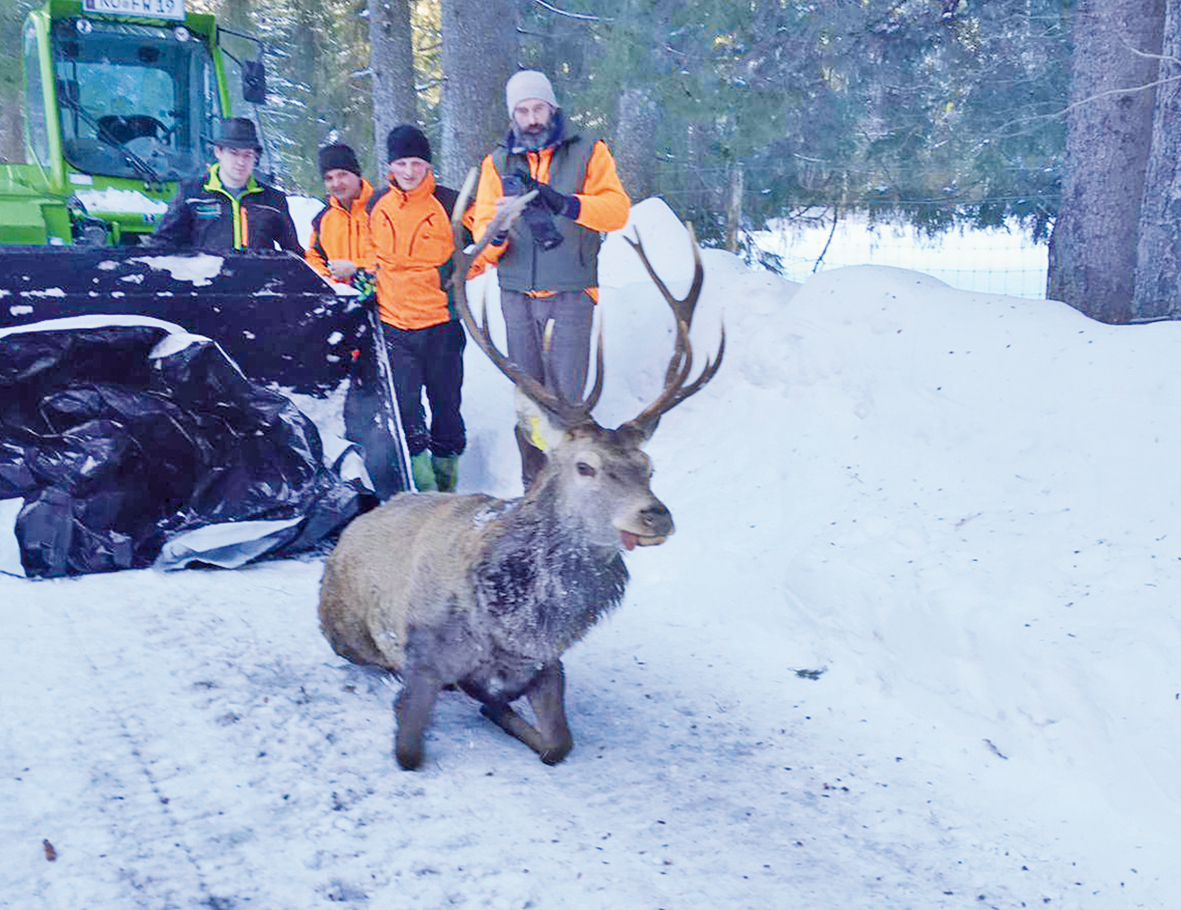Bavaria
Red Deer in the Chiemgau Alpine Region
Once again humans are encroaching into the habitat of an animal species and ultimately causing harm to themselves. The topic is red deer, whose population in this country is quite unevenly distributed. With disastrous results: In the areas where the red deer is still to be found, it causes excessive damage to forests. In order to avoid this, it is essential to return habitat to one of the largest endemic wild animal species. An ambitious project in Chiemgau attempts to contribute to this goal.
Already in 2017 the Bavarian State Forestry in Ruhpolding approached the Academy. The forestry officials had designated a more than 1000-hectare hunting-free zone and, by means of a telemetric project, planned to observe the settlement of the red deer in a region previously free of red deer and whether the idea could actually succeed at all.
The forestry director in Ruhpolding, Paul Höglmüller, describes the background to the project:
“In the 20th century, the population of red deer in the Bavarian alpine region had grown so much, that a natural rejuvenation of the mountain mixed forest over an extensive area was no longer possible. The necessary reduction led to a very uneven distribution across the region.” In addition, the topic of wild animal management is a highly emotional one in many countries: “The ‘knowledge’ of the diverse interest groups is often based on estimates, generally varies greatly and is frequently very uncompromising. The role of scientific studies is thus all the more important.”
The task of the Academy was to anesthetize eleven red deer for this project and to equip them with a radio collar. To achieve this, the animals were to be lured with food into an enclosure in order to get close enough to immobilize them. Cameras were used to observe the enclosure around the clock. As soon as the animals entered the enclosure,
it was shut via remote control and Henning Wiesner contacted. He then left from Munich for Chiemgau mostly in the middle of the night to meet up with the two district hunting guards Christian Schweiger and Andreas Hendlmeier, with whom he worked at the site.
Unfortunately, these trips to Chiemgau were not always crowned with success: sometimes it started to snow heavily or sometimes the remote control which shut the enclosure was not triggered. However, the reward came after several weeks and a lot of often fruitless effort: Eleven red deer had been tagged with radio collars and had survived the quite complicated anesthesia, which demands a great deal of experience. Since then, the eleven red deer are delivering valuable data to wildlife ecologist Horst Leitner, who works together with the project leaders from his office in Klagenfurt. The Academy will continue to provide the project with scientific support.




